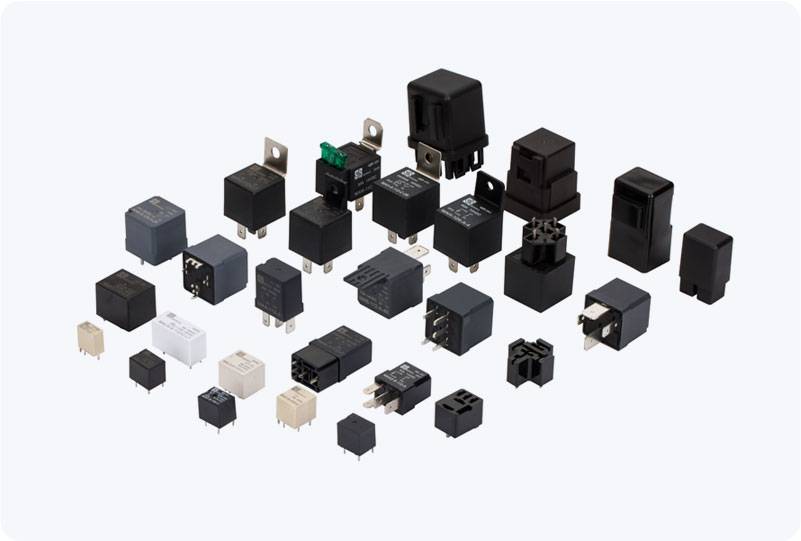understanding overload relay: a crucial component in motor protection
Release time:2025-10-20 15:05:54
Overload relays are essential devices used in electrical circuits, specifically for protecting motors from damage caused by overload conditions. These relays play a critical role in ensuring the longevity and reliable operation of motors, which are often integral to various industrial and commercial applications. In this article, we will explore what an overload relay is, how it works, its different types, and why it is indispensable in electrical systems.

What is an Overload Relay?
An overload relay is a protective device used to monitor and control the current flowing to a motor. Its primary function is to disconnect the motor from the power supply when it draws more current than its rated capacity, which could lead to overheating, equipment failure, or even a fire. The overload relay provides protection against conditions such as prolonged operation at excessive load levels, locked rotor situations, or mechanical failures that cause motors to overheat.
How Does an Overload Relay Work?
Overload relays typically work by detecting the current flowing through the motor. If the current exceeds the motor’s rated value for a specific period, the overload relay activates to interrupt the circuit. There are two main ways in which this protection is achieved:

